Is 72°F a Good Temperature for Air Conditioning?
With summer in full swing, the question of optimal air conditioning temperatures becomes an especially hot topic. At Lindemann, we are no strangers to the concerns of homeowners wanting to balance comfort, energy efficiency, and the longevity of their HVAC systems. One of the most frequent questions we get is, “Is 72°F a good temperature for air conditioning?” We’re here to provide an in-depth answer to this question.
Understanding Personal Comfort
Comfort in indoor temperature settings varies among individuals. While some find 72°F ideal, others may deem it chilly due to factors like metabolism, age, and regional acclimatization. Beyond mere temperature, comfort also relates to indoor air quality, encompassing humidity, circulation, and pollutant levels.
Personal comfort isn’t solely determined by the HVAC system. While it sets the temperature, achieving comprehensive comfort may require additional home adjustments. Often, subtle environmental changes or additions can significantly enhance an individual’s sense of comfort.
Factors Influencing Personal Comfort
- Metabolic Rate: Those with higher metabolic rates may prefer cooler settings.
- Activity Level: Physical activities like cooking can influence temperature perception.
- Clothing: Clothing type and amount can impact feelings of warmth or coolness.
- Health and Medical Conditions: Some conditions or medicines can alter temperature perception.
- Regional Acclimatization: Comfort ranges can differ based on one’s accustomed climate.
- Indoor Air Quality: Humidity, air circulation, and pollutants play roles in perceived comfort.
- Personal Preferences: Temperature preferences, like other tastes, are deeply personal and individualistic.
Understanding AC Units and Thermostat Types
Air conditioning technology has evolved significantly over the years. Depending on when your home was built or last renovated, you might have different types of AC units and thermostats. Let’s break down these differences and how they handle desired temperatures:
AC Units
- Single-stage AC Units: These are the most basic AC units, operating much like a light switch—either on or off. When your home’s temperature rises above the thermostat setting, the unit kicks on and runs at full capacity until the desired temperature is achieved. While straightforward, they might not be the most energy-efficient for homes in climates with mild summers.
- Multi-stage AC Units: These can run at different levels, not just an “on or off” mode. This means the system can run at a lower capacity on cooler days and full capacity on hotter days, promoting energy efficiency.
- Modulating AC Units: These units can adjust their cooling output in small increments, providing precise temperature control. They’re often more energy-efficient as they maintain a consistent temperature rather than cycling on and off.
Thermostats
- Manual Thermostats: These are the traditional dial or lever type units. You manually set the desired temperature, and the system either heats or cools to that temperature. They’re simple but don’t offer advanced features for energy saving.
- Programmable Thermostats: Allow homeowners to set specific temperatures for different times of the day and different days of the week. For instance, you can program it to a higher setting when no one’s home and cool down before everyone returns.
- Smart Thermostats: The latest in thermostat technology, smart thermostats learn from your behaviors, allow remote access via smartphone, consider local weather, and even adjust themselves for maximum energy efficiency.
Energy Efficiency and Cost
Setting your thermostat to 72°F can offer a balance between comfort and energy efficiency for many households. However, every degree lower you set your thermostat in the summer can result in up to a 3% increase in energy usage, which subsequently affects your energy bill.
The Department of Energy recommends setting your thermostat to 78°F when you’re at home and awake, and raising it while you’re asleep or away from home, to achieve maximum energy efficiency. But again, comfort is key, and it’s up to each homeowner to find that sweet spot between efficiency and personal preference.
The Impact on HVAC Systems
Consistent temperature settings can prolong the lifespan of HVAC systems. Extreme temperature fluctuations or consistently low settings can result in the system working overtime, which can lead to wear and tear.
Setting your thermostat to 72°F, especially if it’s close to the outdoor temperature, can reduce the strain on your AC unit. This translates to fewer maintenance calls and a longer lifespan for your equipment.
Considering Humidity Levels
Comfort isn’t solely about temperature. Humidity plays a crucial role. At 72°F, if your home’s humidity levels are controlled (ideally between 30-50%), it can feel quite comfortable. However, if humidity is high, even 72°F can feel warmer than it actually is.
Thus, homeowners in humid climates might find themselves reaching for the thermostat more often. For these situations, investing in a dehumidifier or ensuring your HVAC system efficiently controls humidity can make a world of difference.
Balancing Factors with Smart Thermostats
With advancements in technology, homeowners now have the advantage of smart thermostats that can learn your preferences and adjust settings for maximum efficiency. They can consider the local weather, your home’s insulation, occupancy patterns, and even humidity to optimize both comfort and energy usage. If you’re uncertain about finding the perfect temperature, a smart thermostat can be an excellent investment.
Lindemann’s Recommendations
At Lindemann, while we understand the science and technicalities behind HVAC systems, we also know that every home and homeowner is unique. Our recommendation is always to prioritize personal comfort but to be aware of the energy implications of your choices.
If 72°F is where you find your comfort, it’s a reasonable choice. However, we advise regularly monitoring your energy bills and HVAC system’s health. If you notice a spike in costs or find your system struggling, consider adjusting the temperature by a degree or two, or explore other solutions like sealing any drafts in your home.
Final Thoughts
In conclusion, 72°F can be an ideal temperature for many when it comes to air conditioning. However, it’s essential to be mindful of factors like energy costs, system health, and personal comfort.
At Lindemann, we’re always here to help you navigate these choices and ensure your chimney, fireplace, and HVAC systems are running optimally. So, no matter the season, your home remains a haven of comfort.
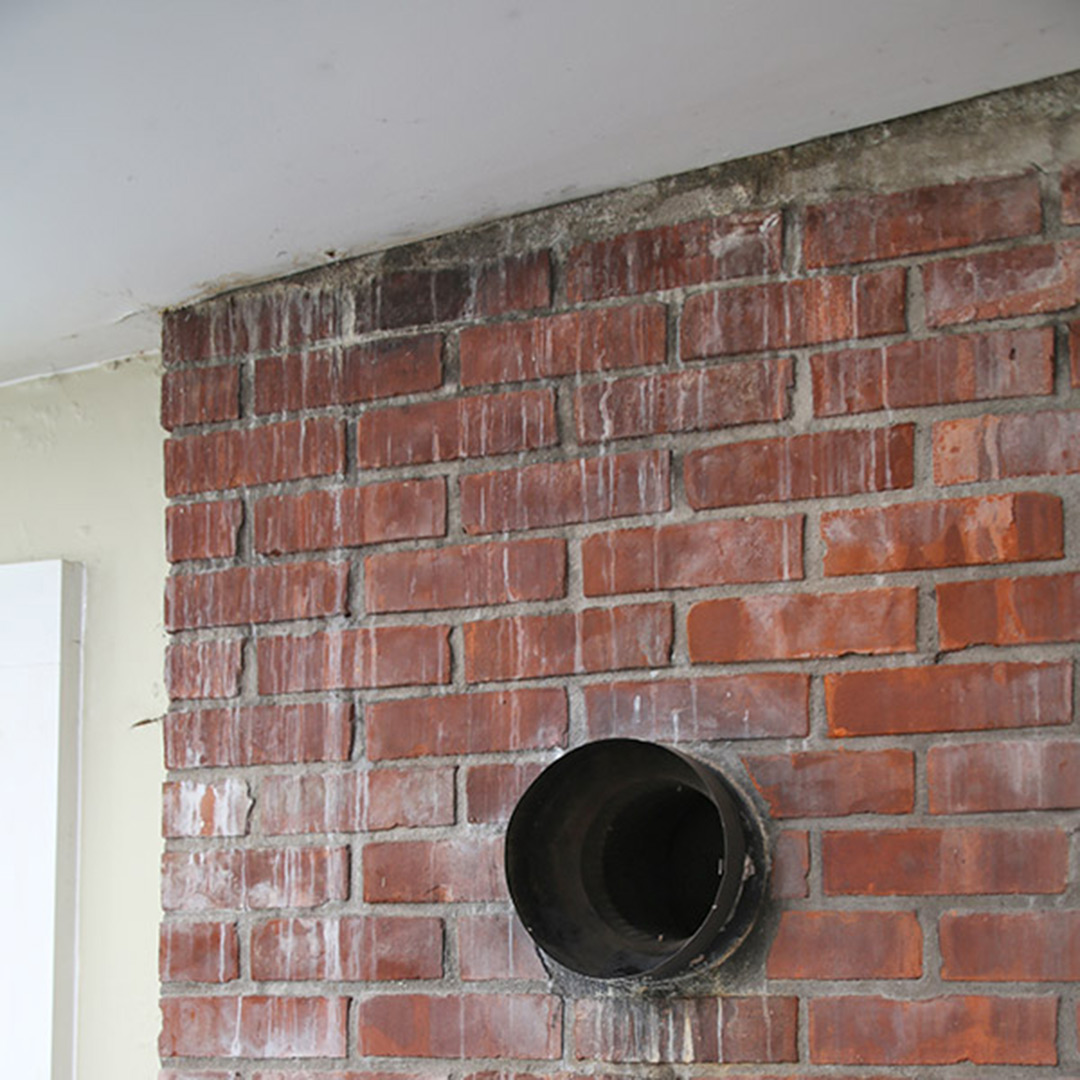
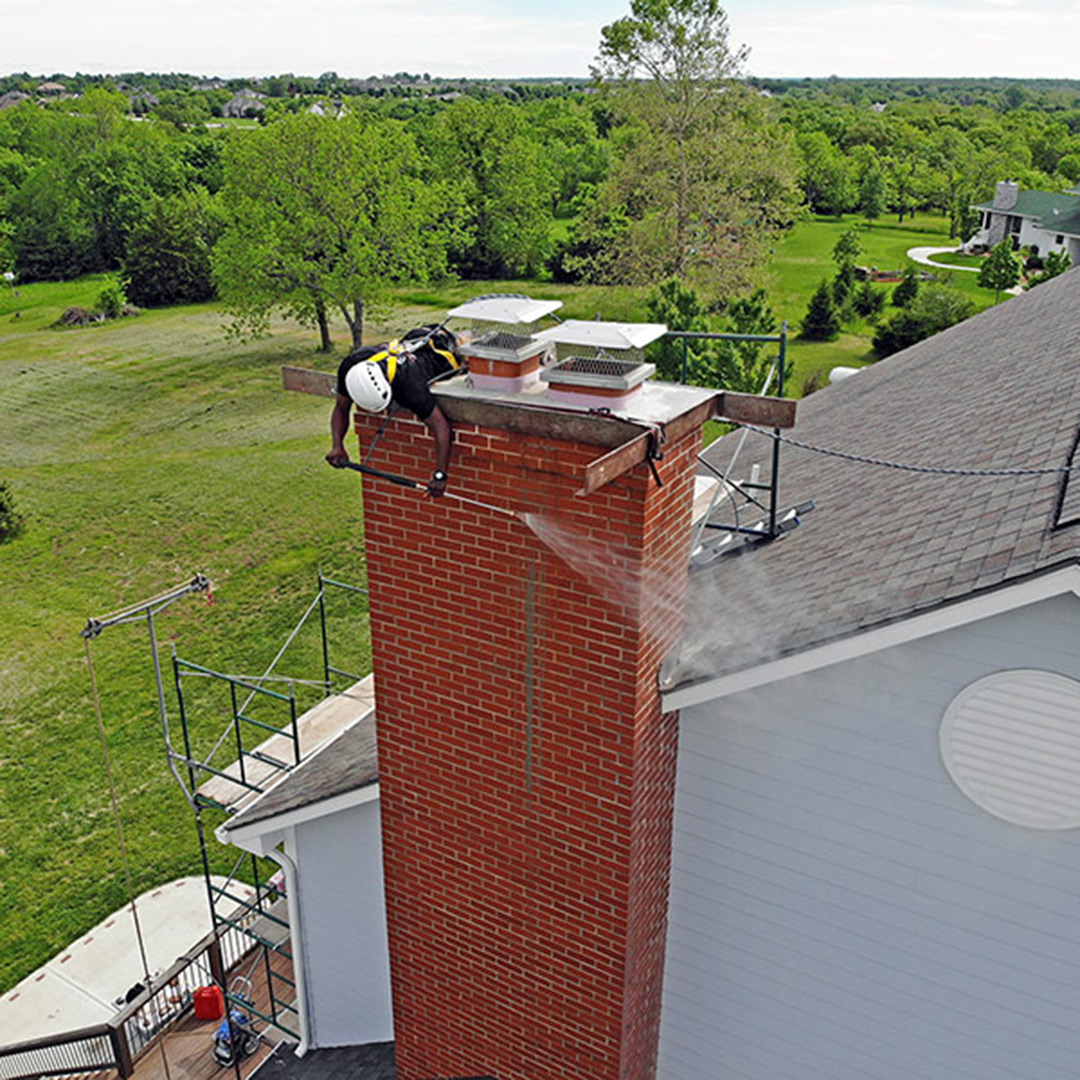

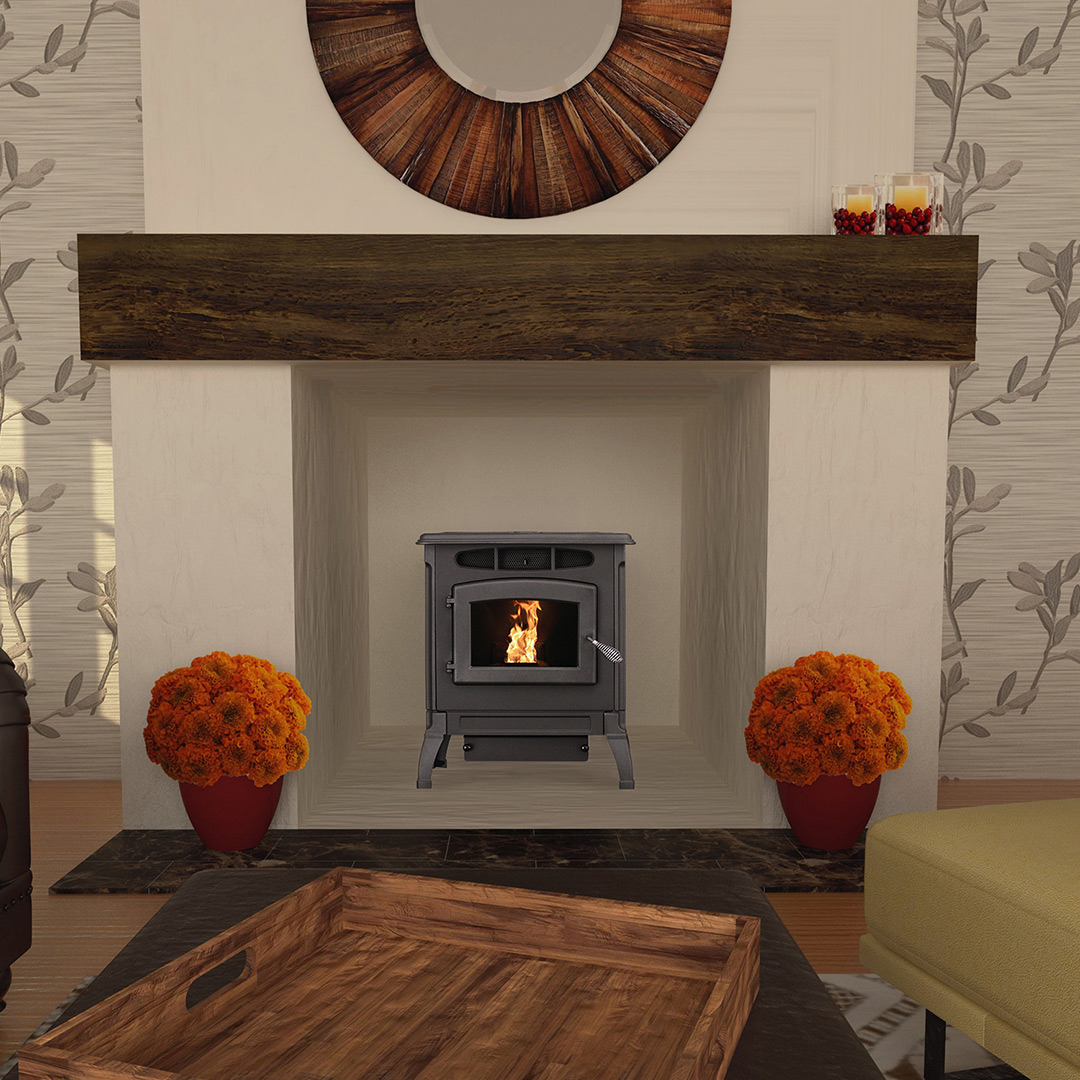 Regardless of the choice, there are many fireplace alternatives out there to mitigate or completely remove household pollutants. These pollutants could be contributing to seasonal allergies, situational allergies, or asthma.
Regardless of the choice, there are many fireplace alternatives out there to mitigate or completely remove household pollutants. These pollutants could be contributing to seasonal allergies, situational allergies, or asthma. 

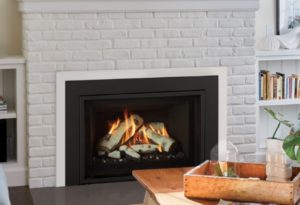
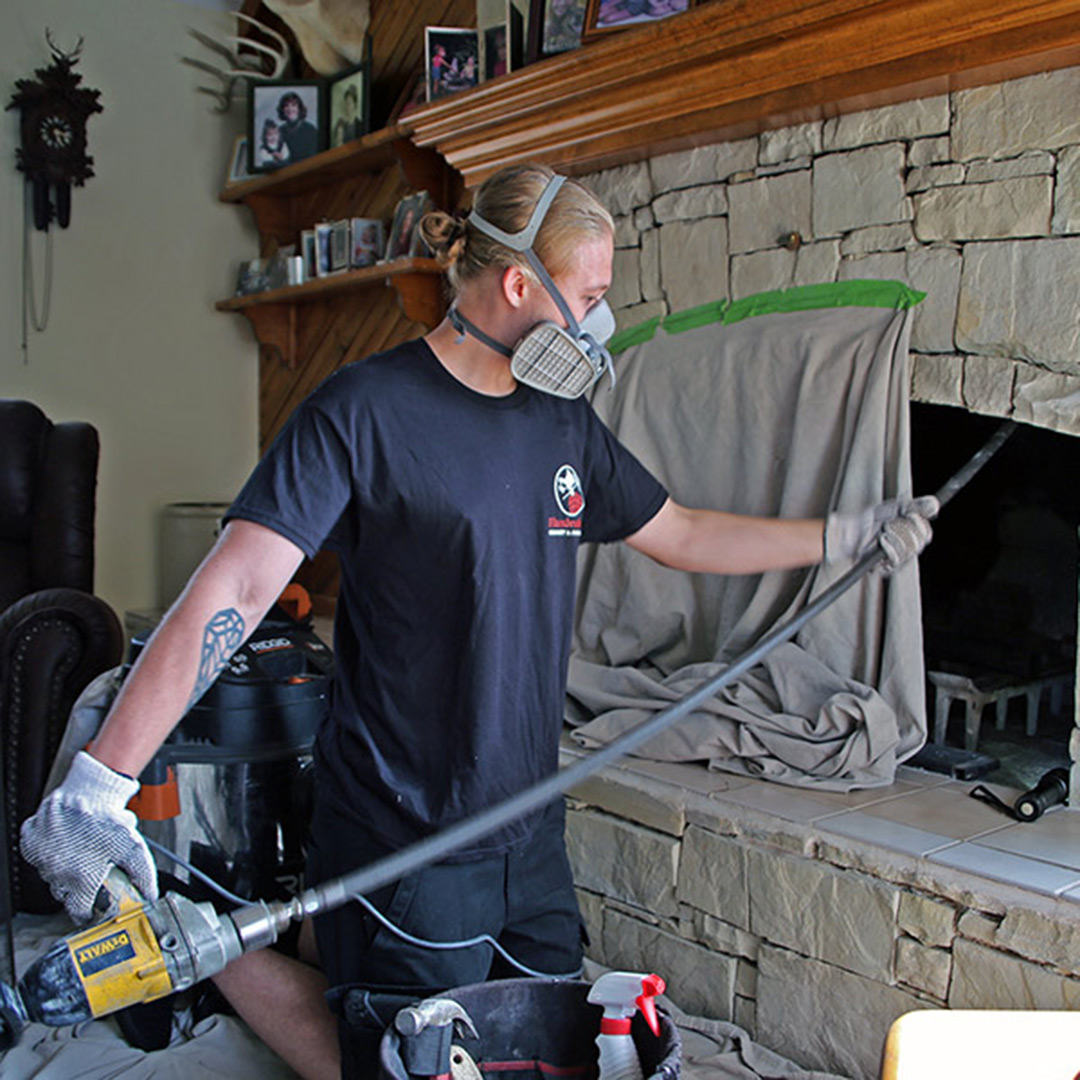
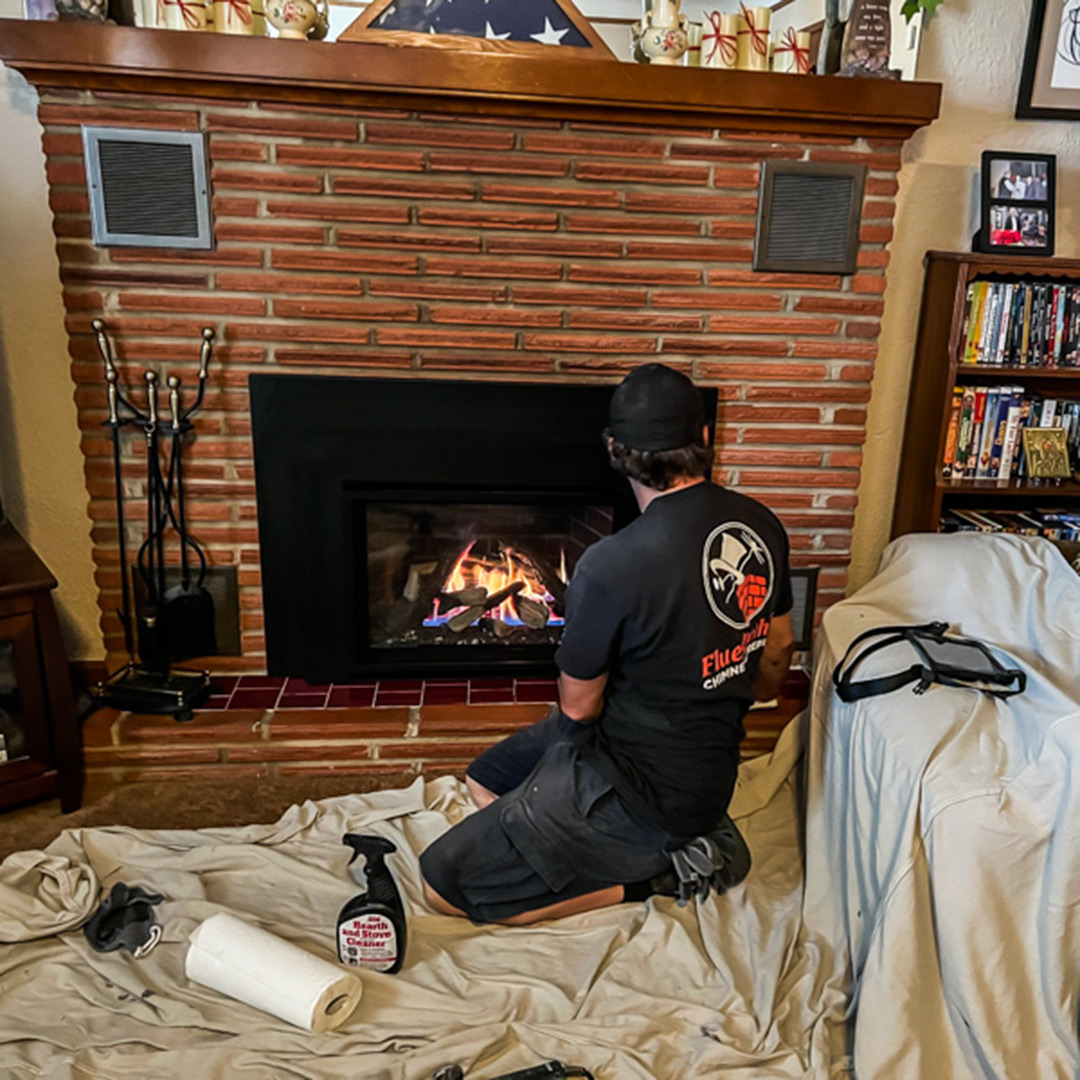 Consider Installing a Fireplace Insert
Consider Installing a Fireplace Insert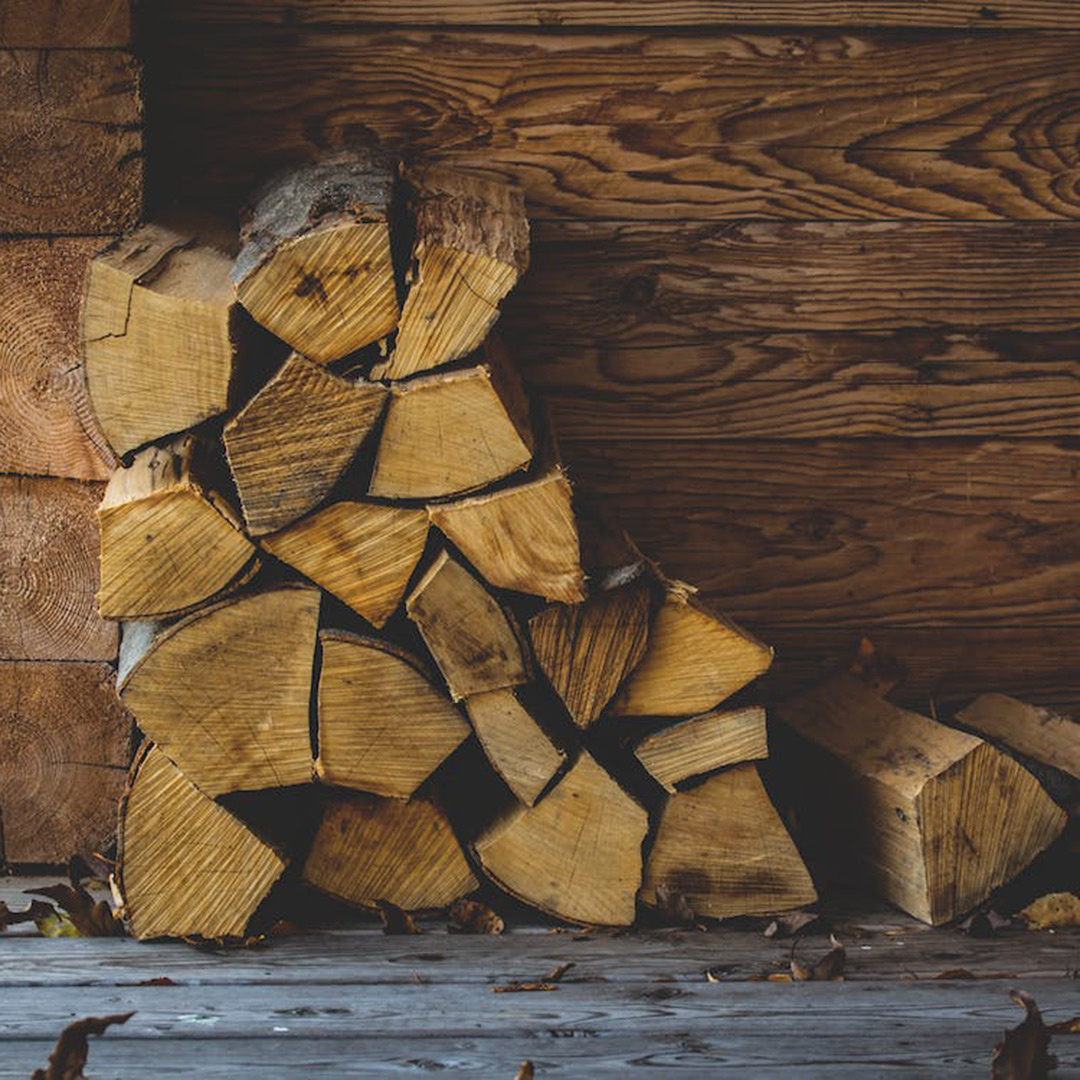 The Best Woods
The Best Woods